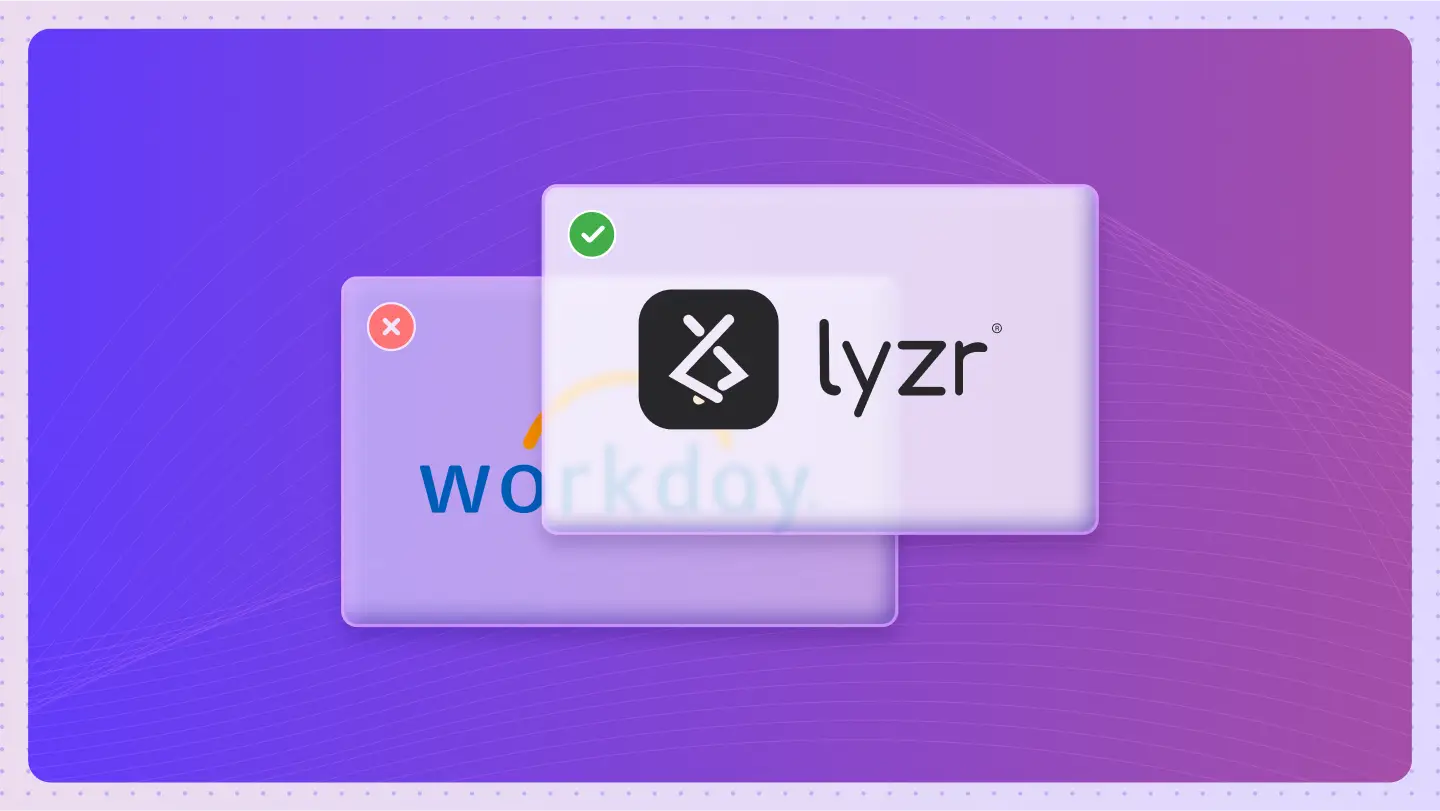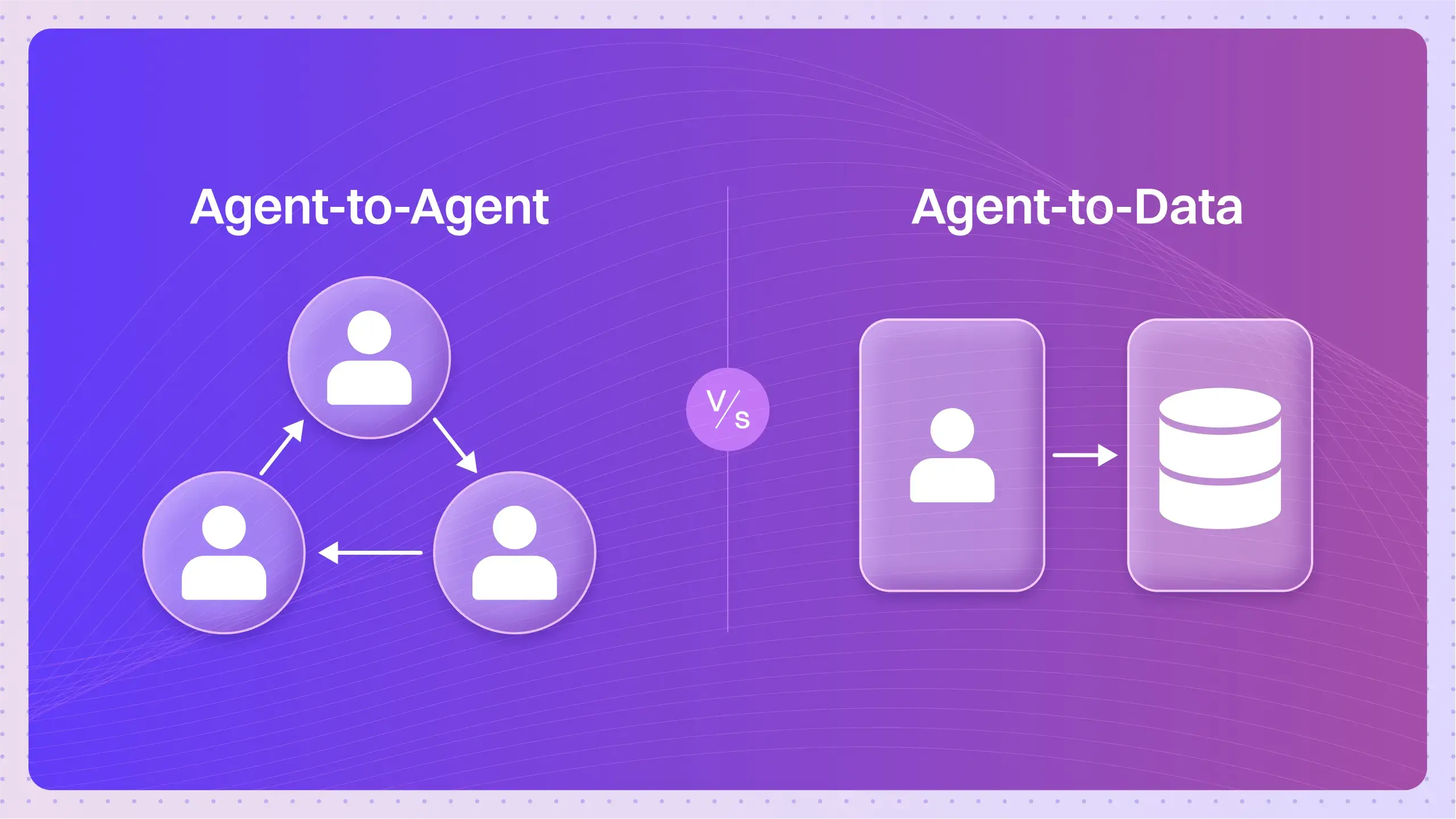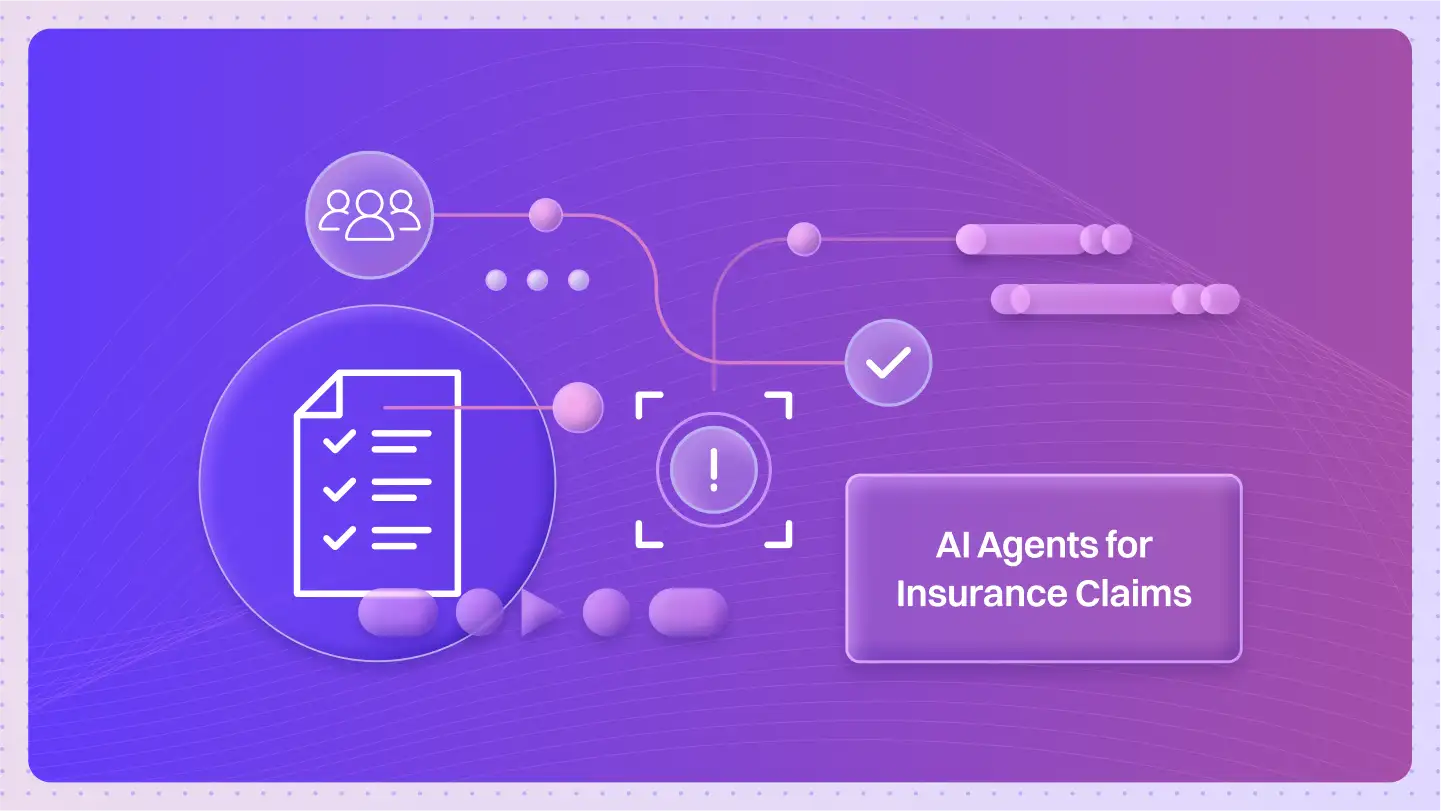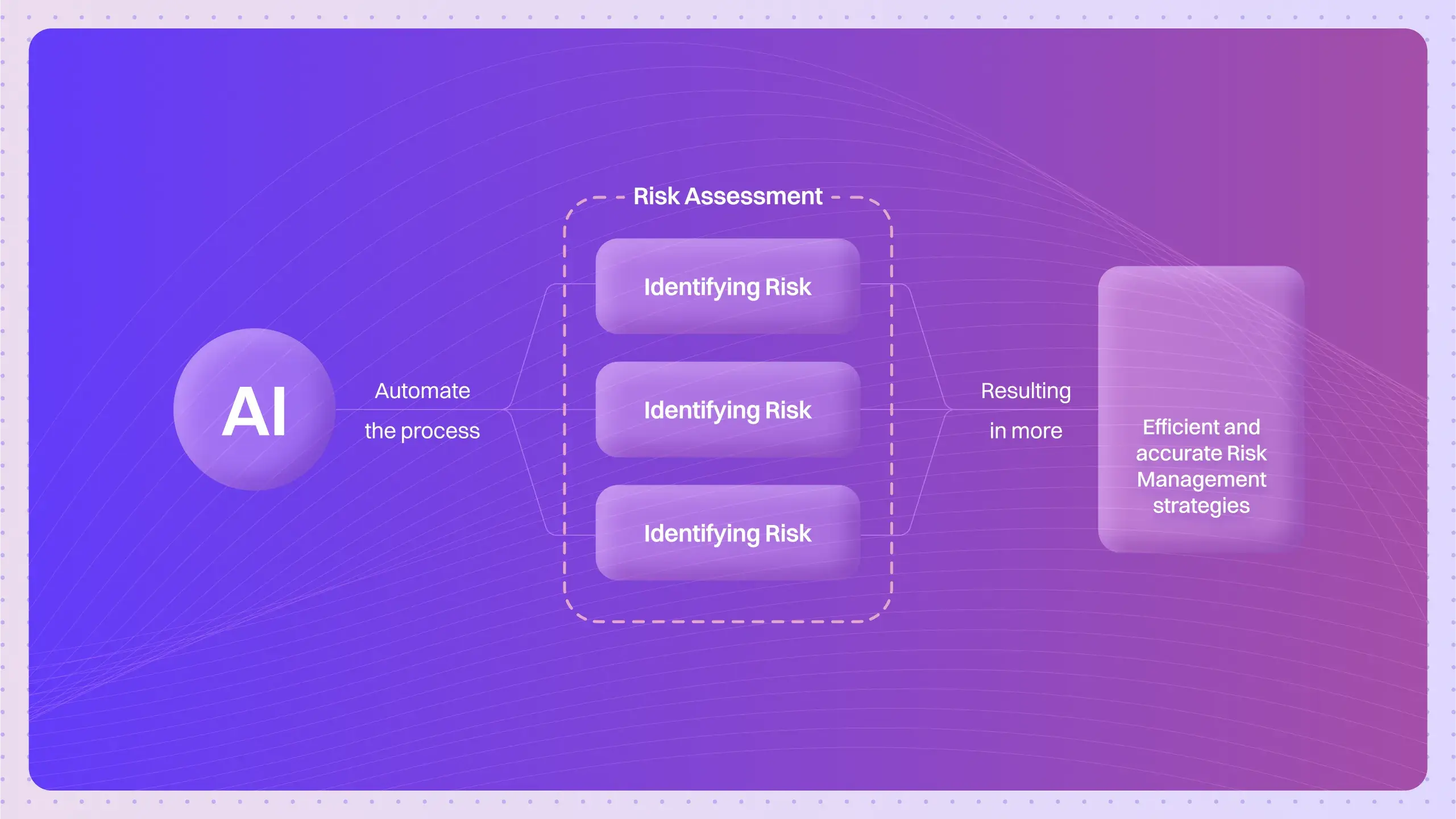What are Autoencoders?
Autoencoders are neural networks designed to learn efficient representations of data, primarily for tasks like data compression and feature learning. They work by encoding input data into a lower-dimensional space and then decoding it back to reconstruct the original data. This process aids in dimensionality reduction and has various applications across different fields.
How do Autoencoders Operate for Data Compression?
Autoencoders are a type of artificial neural network used primarily for unsupervised learning tasks, particularly in data compression and feature learning. They consist of two main components: an encoder and a decoder. The encoder compresses input data into a lower-dimensional representation, while the decoder reconstructs the original data from this compressed form.
Key functionalities include:
- Data Compression: Autoencoders reduce the dimensionality of data, allowing for efficient storage and transmission.
- Feature Learning: They automatically learn the most relevant features from the data, which can be beneficial for subsequent machine learning tasks.
- Noise Reduction: Autoencoders can filter out noise, improving the quality of data for analysis.
- Anomaly Detection: They can identify outliers by analyzing the reconstruction error between input and output.
Common types of autoencoders include:
- Denoising Autoencoders: Designed to remove noise from the input data.
- Variational Autoencoders (VAEs): Used for generating new data samples that are similar to the training data.
- Sparse Autoencoders: Encourage sparsity in the hidden layers, promoting the extraction of meaningful features.
Applications span various fields, including image processing, natural language processing, and recommendation systems.
Common Uses and Applications of Autoencoders
Autoencoders are powerful tools in the field of machine learning, particularly for tasks that involve data compression and feature extraction. Their applications span various industries and technologies, making them highly valuable for data scientists and engineers. Here are some common uses of autoencoders:
- Data Compression: Autoencoders reduce the dimensionality of data while preserving crucial information, enabling efficient storage and transmission.
- Image Denoising: By learning to reconstruct clean images from noisy inputs, autoencoders help improve image quality in photography and medical imaging.
- Anomaly Detection: They identify unusual patterns in data by reconstructing normal data and flagging deviations, useful in fraud detection and network security.
- Feature Learning: Autoencoders automatically discover representations of data, making them ideal for pretraining models in deep learning.
- Generative Modeling: Variational autoencoders are used for generating new data samples, enhancing applications in art, music, and more.
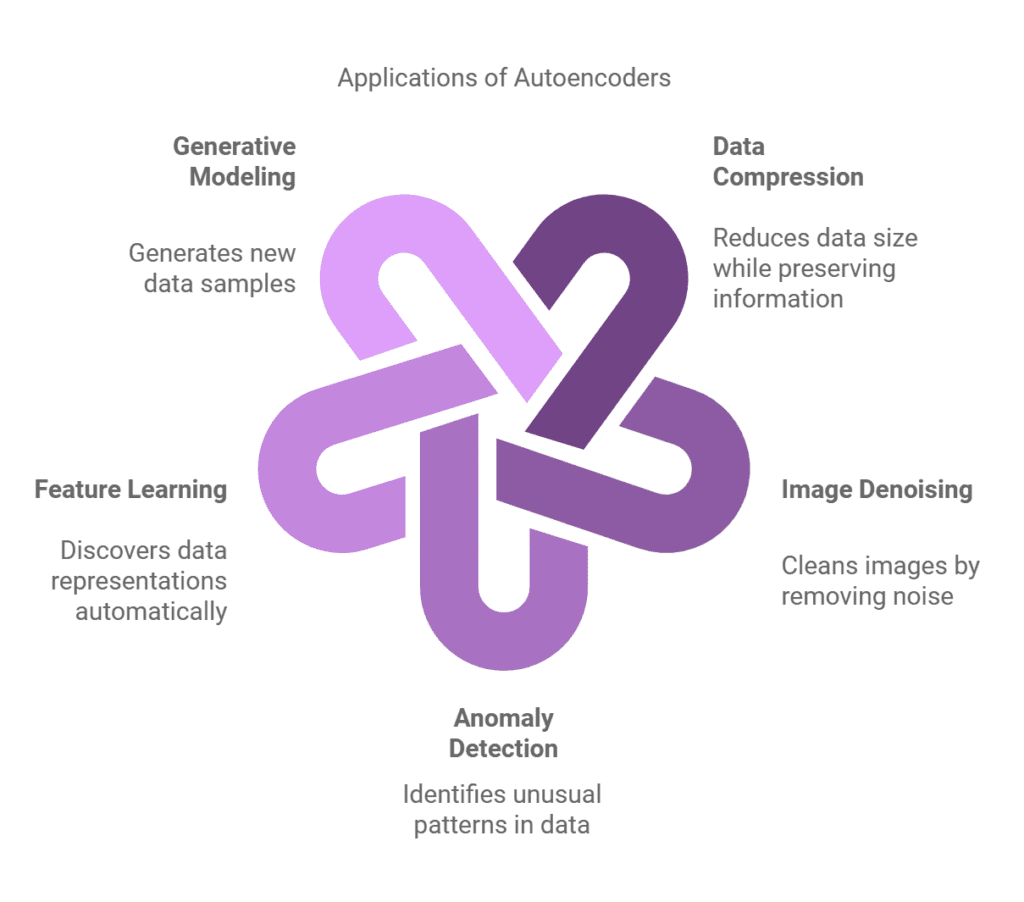
These applications highlight the versatility and effectiveness of autoencoders in real-world scenarios.
What are the Advantages of Using Autoencoders?
Autoencoders are powerful neural networks that excel in data compression and feature learning. Their ability to reduce dimensionality makes them invaluable in various applications within data science and machine learning. Here are some key benefits of using autoencoders:
- Dimensionality Reduction: Autoencoders can effectively reduce the number of features while preserving essential information, leading to more efficient data processing.
- Data Compression: They enable the compression of large datasets into smaller, manageable representations, facilitating faster analysis and storage.
- Feature Learning: Autoencoders automatically discover and learn useful features from raw data, improving the performance of machine learning models.
- Noise Reduction: They can filter out noise and irrelevant data, enhancing the quality of inputs for subsequent models.
- Anomaly Detection: By learning the normal patterns in data, autoencoders can identify anomalies, which is crucial in fraud detection and quality control.
- Versatility: Different types of autoencoder models can be applied across various domains, including image processing, natural language processing, and more.
In summary, autoencoders are a versatile tool in the arsenal of data scientists and machine learning engineers, offering significant benefits in data efficiency and model performance.
Are there any Drawbacks or Limitations Associated with Autoencoders?
While autoencoders offer many benefits, they also have limitations such as:
- Overfitting: They can memorize training data instead of generalizing.
- Complexity: Some autoencoder architectures can be intricate and hard to tune.
- Dependency on Data: Performance heavily relies on the quality and quantity of training data.
These challenges can impact the model’s ability to perform well on unseen data, leading to less reliable outputs.
What are some Real-Life Examples of Autoencoders in Action?
For example, autoencoders are used by Netflix to compress video data for streaming. This demonstrates their significance in data compression and feature extraction, allowing Netflix to optimize storage and enhance user experience.
How do Autoencoders Compare to Similar Concepts or Technologies?
Compared to PCA (Principal Component Analysis), autoencoders differ in their ability to learn non-linear representations. While PCA focuses on linear transformations for dimensionality reduction, autoencoders are more effective for complex datasets, capturing intricate patterns and relationships.
What are the Expected Future Trends for Autoencoders?
In the future, autoencoders are expected to evolve by integrating with generative models and becoming more robust against adversarial attacks. These changes could lead to improved applications in anomaly detection and data generation, making them even more valuable in machine learning workflows.
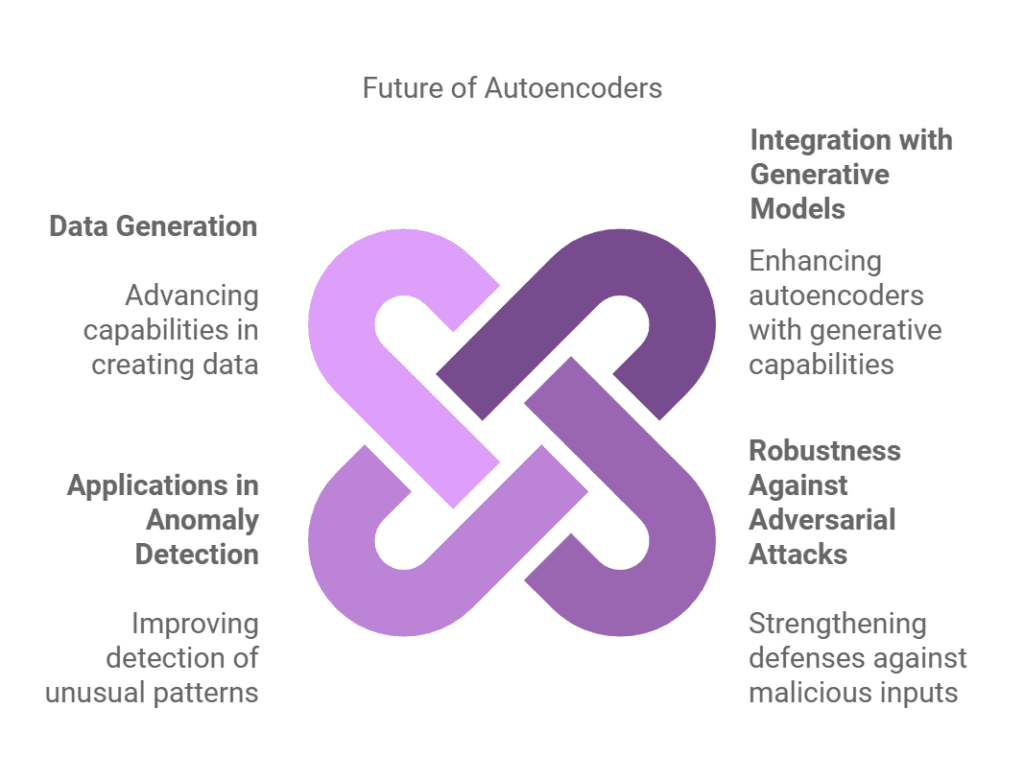
What are the Best Practices for Using Autoencoders Effectively?
To use autoencoders effectively, it is recommended to:
- Preprocess data properly to ensure quality input.
- Choose the right architecture based on the complexity of the data.
- Monitor performance metrics to avoid overfitting.
Following these guidelines ensures better model performance and more accurate results.
Case Studies Demonstrating the Successful Implementation of Autoencoders
In a case study involving fraud detection, a financial institution implemented autoencoders to identify anomalous transactions. The model achieved a 30% reduction in false positives, significantly improving the accuracy of fraud detection, showcasing the efficacy of autoencoders in real-world applications.
What are the Related Terms Important to Understand along With Autoencoders?
Related terms include ‘Neural Networks’ and ‘Dimensionality Reduction,’ which are crucial for understanding autoencoders because they provide foundational knowledge about how autoencoders function within the broader context of deep learning and their role in simplifying data.
What are the Step-by-step Instructions for Implementing Autoencoders?
To implement autoencoders, follow these steps:
- Preprocess the data to make it suitable for training.
- Define the architecture of the autoencoder, including input, hidden, and output layers.
- Compile the model and select appropriate loss functions.
- Train the model using the prepared dataset.
- Evaluate the model’s performance on a validation set.
These steps ensure a structured approach, improving the chances of successful implementation.
Frequently Asked Questions
What is an Autoencoder?
An autoencoder is a type of artificial neural network used to learn efficient representations of data.
- It consists of an encoder and a decoder.
- The encoder compresses the input into a lower-dimensional representation.
How Do Autoencoders Work for Data Compression?
Autoencoders reduce data dimensions while preserving important information.
- The encoder maps the input to a lower-dimensional space.
- The decoder reconstructs the input from this compressed form.
What are Benefits of Using Autoencoders for Dimensionality Reduction?
Autoencoders help in simplifying complex data.
- They reduce noise in the data.
- They help in speeding up the training of machine learning models.
What are the Key Types of Autoencoder Models?
Common types of autoencoders include:
- Denoising Autoencoders: Which learn to remove noise.
- Variational Autoencoders: Which generate new data points.
What are the Applications of Autoencoders?
Autoencoders are used in various fields:
- They are used for image compression.
- They help in anomaly detection in data.
Can Autoencoders be Used for Feature Learning?
Yes, autoencoders can learn useful features from data:
- They extract important characteristics.
- They can improve the performance of other machine learning tasks.
How Do I Train an Autoencoder?
Training an autoencoder involves the following steps:
- Prepare your dataset and split it into training and validation sets.
- Use a suitable loss function to optimize the model during training.



